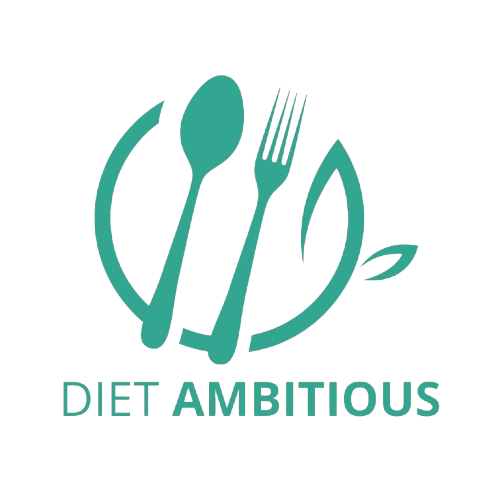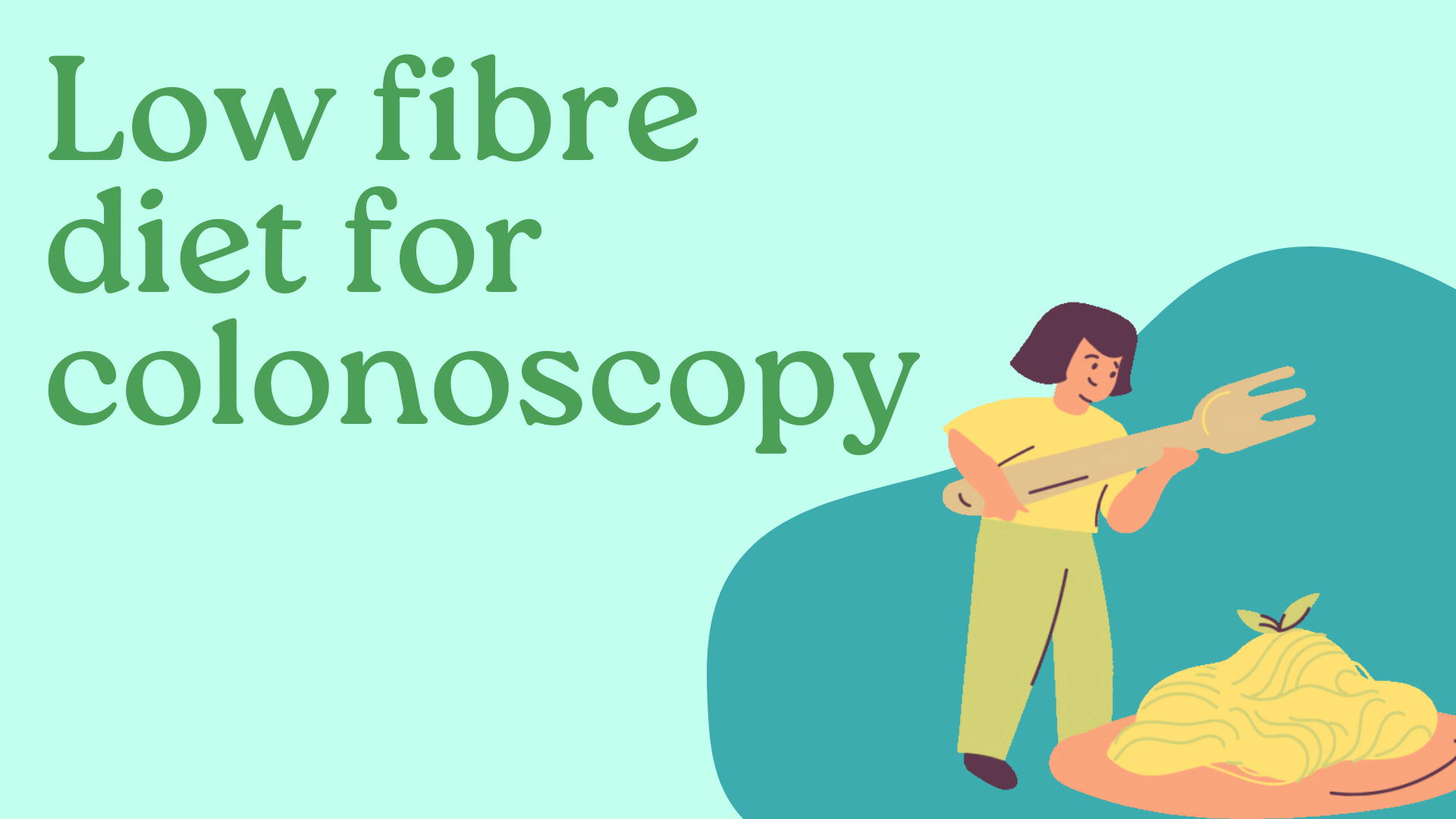A colonoscopy is a medical procedure that allows doctors to examine the inside of your colon and rectum. To ensure a successful procedure, you must follow a low fiber diet before the test. The goal of this diet is to help clear your colon, making it easier for your doctor to see any potential issues during the procedure.
This guide will walk you through what a low-fiber diet is, why it’s important for colonoscopy preparation, and what foods you can and cannot eat.
What is a Low-Fiber Diet?
A low fiber diet limits the intake of fiber, a type of carbohydrate found in fruits, vegetables, grains, and legumes. Fiber can leave residues in the digestive system, making it difficult for your doctor to get a clear view during a colonoscopy. A low-fiber diet minimizes these residues, helping to clean your intestines.
Why is a Low-Fiber Diet Important for Colonoscopy?
The main purpose of the low-fiber diet before a colonoscopy is to:
- Clear the colon: It helps reduce the amount of waste, food, and fiber left in your digestive system.
- Ensure better visualization: A clean colon allows the doctor to examine the lining of your colon and rectum thoroughly.
- Prevent complications: It lowers the risk of infection or complications during the procedure.
By following the recommended diet, you’re ensuring that your colonoscopy will be as effective and efficient as possible.

How Long Should You Follow a Low-Fiber Diet?
Typically, you will follow a low-fiber diet for 3-4 days leading up to the colonoscopy. Your doctor will give you specific instructions on when to start this diet, as well as when to start other preparations, such as taking a laxative or bowel cleanser.
Foods to Avoid on a Low-Fiber Diet
When preparing for a colonoscopy, it’s essential to avoid foods that are high in fiber. Here’s a list of foods to avoid:
- Fruits and Vegetables:
- Raw fruits and vegetables, especially those with skin or seeds (like apples, berries, tomatoes, and corn).
- Dried fruits (raisins, apricots, etc.).
- Cruciferous vegetables (broccoli, cauliflower, Brussels sprouts).
- Whole Grains and Legumes:
- Whole wheat bread, cereals, and pasta.
- Brown rice and other whole grains.
- Beans, lentils, and peas.
- Nuts and Seeds:
- Almonds, sunflower seeds, and other nuts.
- Granola and high-fiber snacks.
- Other Foods:
- Popcorn, coconut, and other high-fiber foods.
These foods contain high levels of fiber that can leave residue in your colon, making it harder for the doctor to get a clear view.
Foods You Can Eat on a Low-Fiber Diet
Here are some foods that are safe to eat when following a low-fiber diet for colonoscopy preparation:
- Refined Grains:
- White bread, white rice, and plain pasta (not whole grain).
- Plain crackers and pretzels.
- Protein Sources:
- Lean meats like chicken, turkey, and fish.
- Eggs and tofu (in moderation).
- Dairy:
- Milk, yogurt, and cheese (if tolerated by your digestive system).
- Avoid high-fiber dairy products like cottage cheese with fruits or nuts.
- Vegetables:
- Well-cooked vegetables without skin (carrots, zucchini, squash, and potatoes without the skin).
- Avoid raw vegetables or those with skin.
- Clear Liquids:
- Clear broths, apple juice, white grape juice, and water.
- Avoid red or purple drinks, as they can stain the colon.
Sample Low-Fiber Diet Meal Plan for Colonoscopy Preparation
Day 1:
- Breakfast: Scrambled eggs with white toast (no butter or jam), clear apple juice.
- Lunch: Grilled chicken with white rice, clear vegetable broth.
- Snack: Plain crackers or pretzels.
- Dinner: Baked fish with mashed potatoes (no skin) and a small amount of cooked carrots.
Day 2:
- Breakfast: Oatmeal made with water (no seeds, nuts, or fruit).
- Lunch: Turkey sandwich on white bread (no vegetables).
- Snack: Plain yogurt with a bit of honey.
- Dinner: Roast chicken with well-cooked white pasta, clear broth.
Tips for Colonoscopy Preparation
- Stay Hydrated: Drink plenty of water, clear liquids, and electrolyte drinks to avoid dehydration, especially when you’re restricting your food intake.
- Follow Doctor’s Instructions: Always follow the guidance your healthcare provider gives you regarding bowel preparation, including when to start fasting or taking laxatives.
- Avoid Food with Artificial Dyes: Avoid consuming red, purple, or blue foods and drinks, as they can mimic blood in your colon during the procedure.
- Don’t Skip the Laxative: Most doctors recommend taking a laxative or stool softener to help fully cleanse your intestines. Follow the instructions carefully to ensure optimal preparation.
Conclusion
A low-fiber diet for colonoscopy is a crucial step to ensure that the procedure goes smoothly and that your colon is thoroughly examined. By avoiding high-fiber foods and following a clear diet plan, you help minimize the risk of complications and improve the chances of a successful outcome. Always consult with your healthcare provider for specific instructions, as individual needs may vary.




